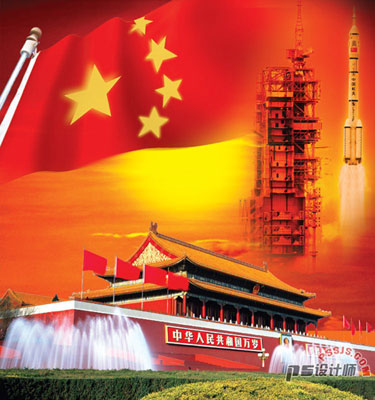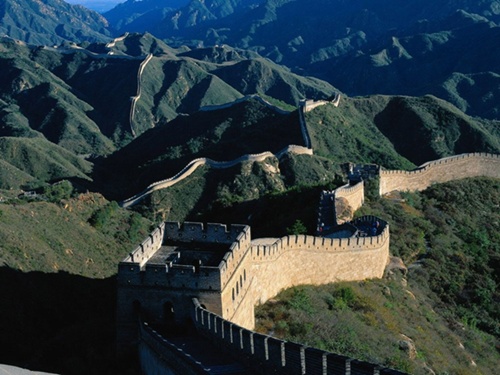Adopted at the Fifth Session of the Fifth National People’s Congress and promulgated for implementation by the Proclamation of the National People’s Congress on December 4, 1982, and amended in accordance with the amendments to the Constitution of the People’s Republic of China adopted at the First Session of the Seventh National People’s Congress on April 12, 1988, at the First Session of the Eighth National People’s Congress on March 29, 1993, at the Second Session of the Ninth National People’s Congress on March 15, 1999,and at the Second Session of the 10th National People’s Congress on March 14, 2004.

Development
China, economically extremely backward before 1949, has become one of the world’s major economic powers with the greatest potential, and the overall living standard has reached that of a fairly well-off society. In the 22 years following reform and opening-up in 1979 in particular, China’s economy developed at an unprecedented rate, and that momentum has been held steady into the 21st century. In 2004, the government further strengthened and improved its macro control, and the economy entered its best ever development period of recent years. The gross domestic product (GDP) for 2004 amounted to 13,687.59 billion yuan, 9.5 percent higher than the previous year.
Economic restructure is one of the most crucial elements of China’s reform and opening-up policy. For the first 30 years of the PRC, the government practiced a planned economy system, whereby industrial production, agricultural production, and the stocking and selling of goods in commercial departments were all controlled by state plan. The variety, quantity and prices in every sphere of the economy were fixed by state planners. While this contributed to the planned, focused and steady development of China’s economy, it also sapped its vitality and limited its growth. Economic reforms began with the rural areas in 1978, and were extended to the cities in 1984. In 1992, after some 10 years of reform in the clear direction of the establishment of a socialist market economy, the government set out the main principles of economic restructuring: encouraging the development of diversified economic elements whilst retaining the dominance of the public sector; creation of a modern enterprise system to meet the requirements of the market economy; a unified and open market system across China, linking domestic and international markets, and promoting the optimization of resources; transformation of government economic management in order to establish a complete macro-control system; encouraging certain lead groups and areas to become rich first, enabling them to help others towards prosperity too; the formulation of a China-appropriate social security system for both urban and rural residents, so as to promote overall economic development and ensure social stability. In 1997, the government stressed the importance of the non-public sector to China’s national economy, in which profitability is encouraged for such essential factors of production as capital and technology, so as to further progress economic reforms.
A socialist market economic system has now taken shape, and the basic role played by the market has been improved in the sphere of resource allocation. At the same time, the macro-control system continues to be perfected. The pattern has basically been formed in which the public sector plays the main role alongside non-public sectors such as individual and private companies to achieve common development. According to the plan, China is forecast to have a relatively complete socialist market economy in place by 2010 and this will become comparatively mature by 2020.

Three-Step Development Strategy
China’s overall economic construction objectives were clearly stated in the Three Step Development Strategy set out in 1987: Step One--to double the 1980 GNP and ensure that the people have enough food and clothing -- was attained by the end of the 1980s; Step Two--to quadruple the 1980 GNP by the end of the 20th century --was achieved in 1995 ahead of schedule; Step Three--to increase per-capita GNP to the level of the medium-developed countries by the mid-21st century--at which point, the Chinese people will be fairly well-off and modernization will be basically realized.










